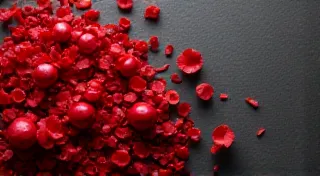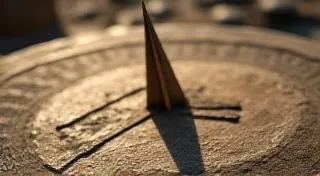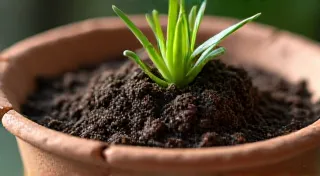The Bean's Resilience: Stories Forged in Hardscrabble Lands
There’s a certain melancholy beauty in the things that survive. Not just in a straightforward, triumphant kind of way, but in the quiet persistence of those that have weathered hardship, that have clung to existence despite the odds. I find this sentiment particularly resonant when I think of antique accordions – the intricate bellows, the worn keys, whispering stories of dance halls and dimly lit cafes, of lives lived and journeys taken. And it’s a sentiment that profoundly connects me to the world of heirloom beans.
Like a well-loved accordion, each heirloom bean variety carries within it a history, a lineage shaped by challenge and ingenuity. These aren't the uniform, commercially-bred beans lining supermarket shelves. These are the survivors, the beans passed down through generations, each seed holding a story etched into its genetic makeup – stories forged in hardscrabble lands.
The beauty isn't just in the vibrant colours and unusual shapes, though those are certainly a draw. It's in the knowledge that these beans represent a direct link to the people who cultivated them, adapting them to conditions that would defeat modern, hybrid varieties. They’re a testament to human resilience and the enduring power of traditional agriculture.

The Santa Maria Pinto: A Bean of the Andean Highlands
Consider the Santa Maria Pinto bean, hailing from the cloud-drenched slopes of Peru's Andean highlands. These aren't beans bred for yield in a perfectly flat, climate-controlled field. They’re beans that thrive in the thin air, on rocky soil, battling against frost and intense sunlight. The people of the Santa Maria region have cultivated them for centuries, passing down knowledge of the specific microclimates that best suit their growth. It’s said that the unique flavour profile - slightly nutty with a subtle sweetness – is a direct result of these challenging conditions.
My grandfather, a carpenter, used to tell stories about his own grandmother, a woman who immigrated to America from Peru. She carried a small pouch of Santa Maria Pinto seeds with her, tucked safely amongst her few precious belongings. He described her meticulous care of the beans, the pride she took in sharing them with the local community. It wasn't just about food; it was about preserving a link to her heritage, a tangible connection to the land she's left behind. It’s a powerful reminder that seeds are more than just plant material; they are vessels of memory, of cultural identity.
The Jacob’s Cattle Bean: A Maine Legacy
Then there's the Jacob’s Cattle bean, a stunning heirloom originating from Maine. Its name comes from the pattern of the bean itself - a mesmerizing blend of red, white, and black markings that truly resembles a grazing herd of cattle. The story goes that this bean was brought to Maine by a settler in the early 1800s, possibly of Dutch origin. Maine’s harsh winters and acidic soils demanded a hardy and adaptable bean, and the Jacob’s Cattle rose to the challenge, becoming a beloved staple in the region.
I’m fascinated by the craftsmanship that goes into maintaining things of the past. An accordion, for instance, requires diligent care - oiled reeds, replaced bellows, and a delicate touch to keep it singing. Similarly, preserving heirloom beans requires a commitment – saving seeds, sharing them with other growers, and ensuring their genetic diversity is protected. It's a small act, but it has a profound impact.
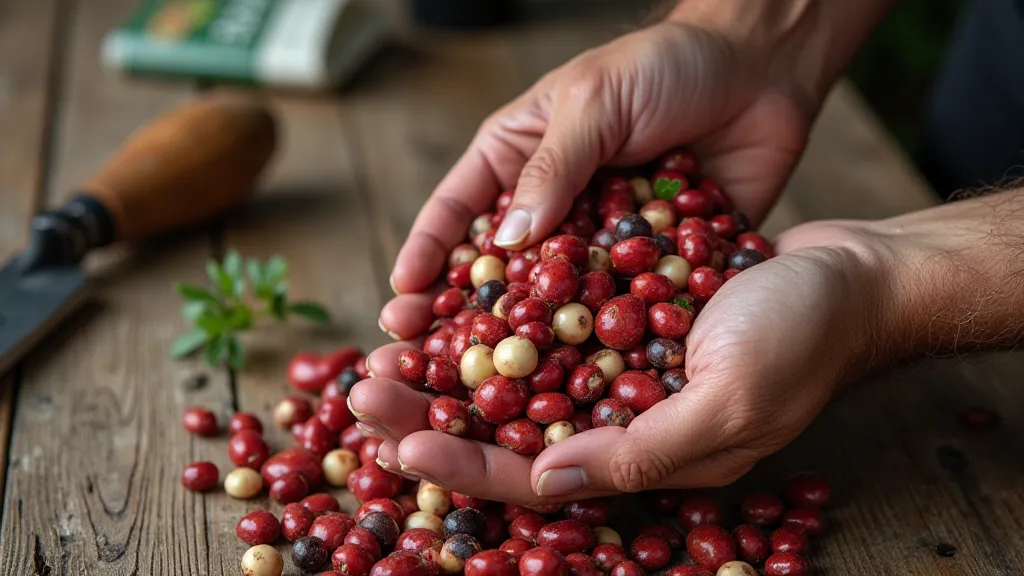
The Missouri Heirloom Navy: A Story of Migration and Adaptation
The Missouri Heirloom Navy bean embodies a different kind of resilience. This bean’s story is intertwined with the westward expansion of the United States. Originally brought from England, it was quickly adopted by settlers moving west, providing a vital source of protein in a landscape often lacking readily available food. It adapted to the diverse soil types across the Midwest, becoming a mainstay in countless kitchens.
Restoring an antique accordion can be a frustrating, yet deeply rewarding experience. Each repair, each replacement part, tells a story of the instrument’s past. There's a similar satisfaction in cultivating heirloom beans – witnessing their growth, tasting their unique flavour, and knowing that you’re contributing to their survival. It’s about connecting with the land, with history, and with the people who came before us.
Cultivating Resilience: Growing Your Own Heirloom Beans
Growing heirloom beans isn’t dramatically different from growing any other bean. They prefer well-drained soil and plenty of sunlight. However, their adaptability means they are often more forgiving than modern varieties. They will often tolerate less-than-ideal conditions and will often thrive where others fail. The key is to choose varieties suited to your local climate.
Consider the soil conditions in your garden. Are they acidic or alkaline? Sandy or clay-rich? Research the historical context of the beans you've chosen. Understanding their origins can provide valuable clues about their preferences. And most importantly, be patient. Heirloom beans may not yield as abundantly as their commercial counterparts, but the flavour and the story they bring to your table are worth the wait.
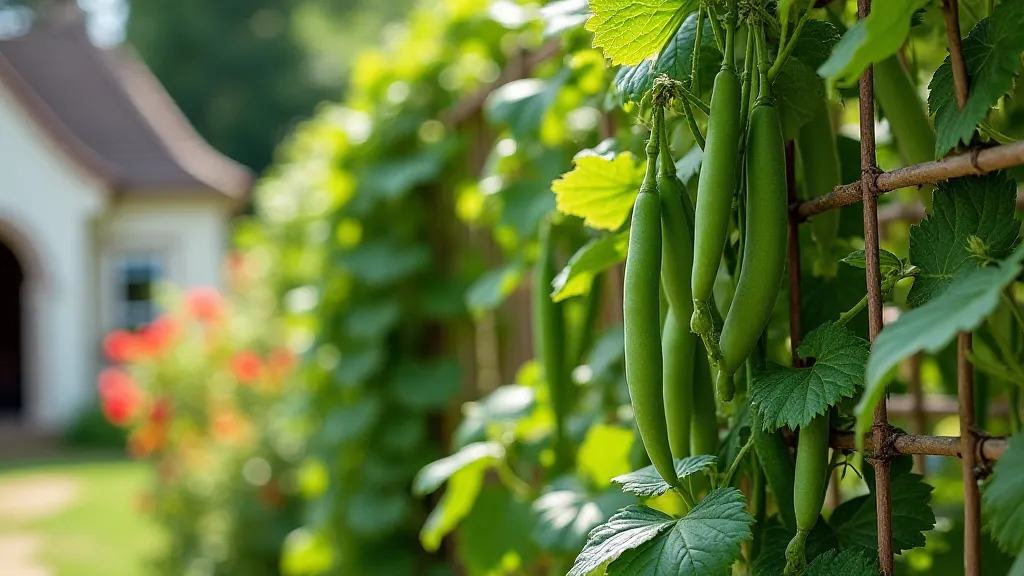
More Than Just Food: A Legacy to Preserve
Heirloom beans are more than just a source of food. They're a living link to the past, a tangible representation of human ingenuity and resilience. By growing and preserving these varieties, we’re not just cultivating a delicious harvest; we’re safeguarding a legacy, one seed at a time. Like the mellow tones of a well-loved accordion, the flavour of an heirloom bean resonates with history, whispering stories of hardscrabble lands and the enduring spirit of those who cultivated them. It’s a connection to the earth, to our ancestors, and to the simple, profound beauty of a life well-lived.


